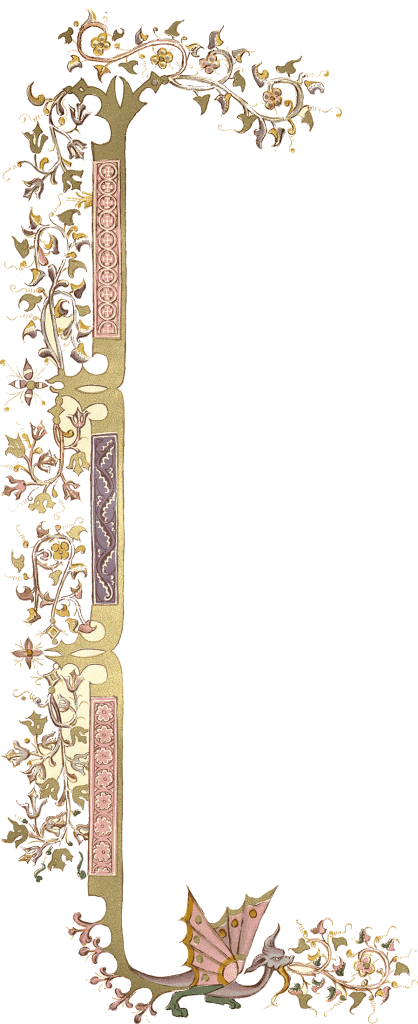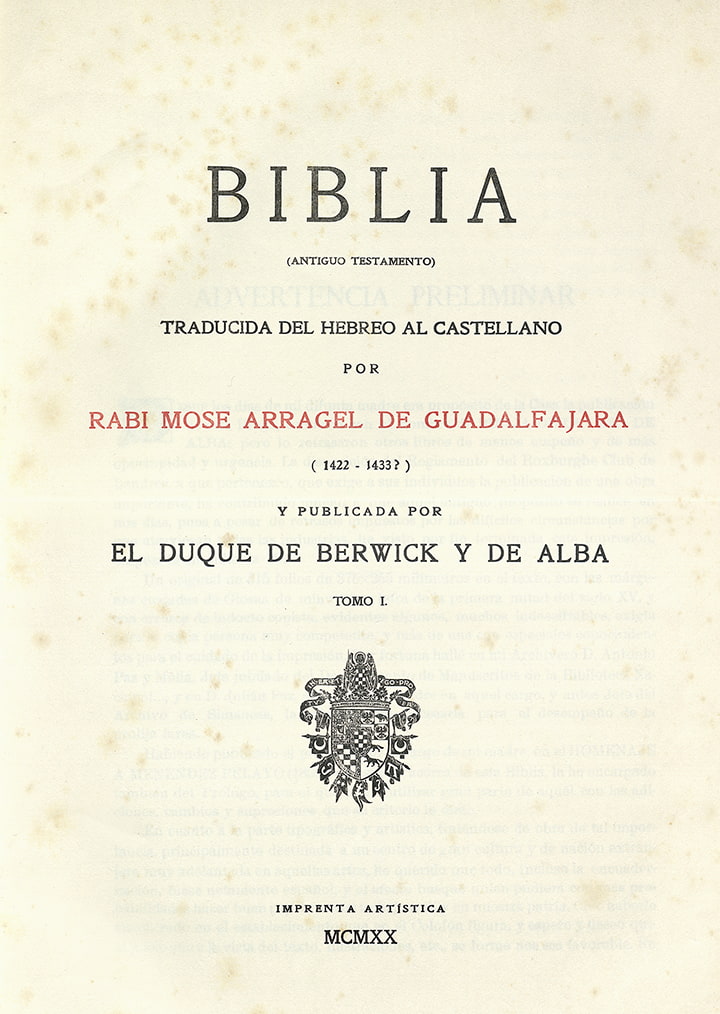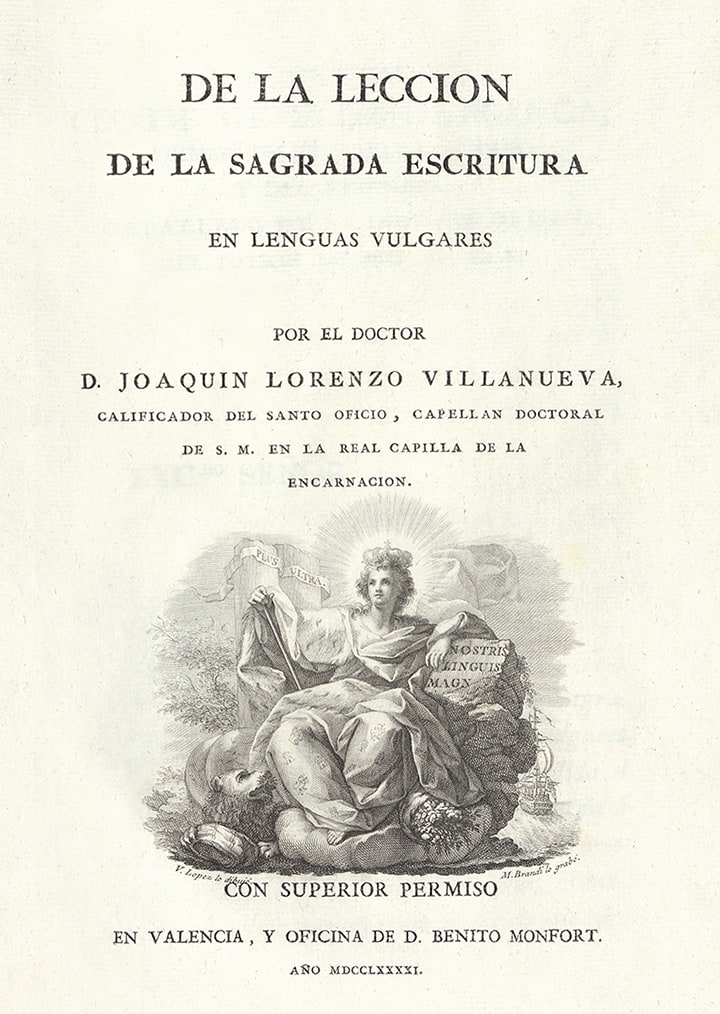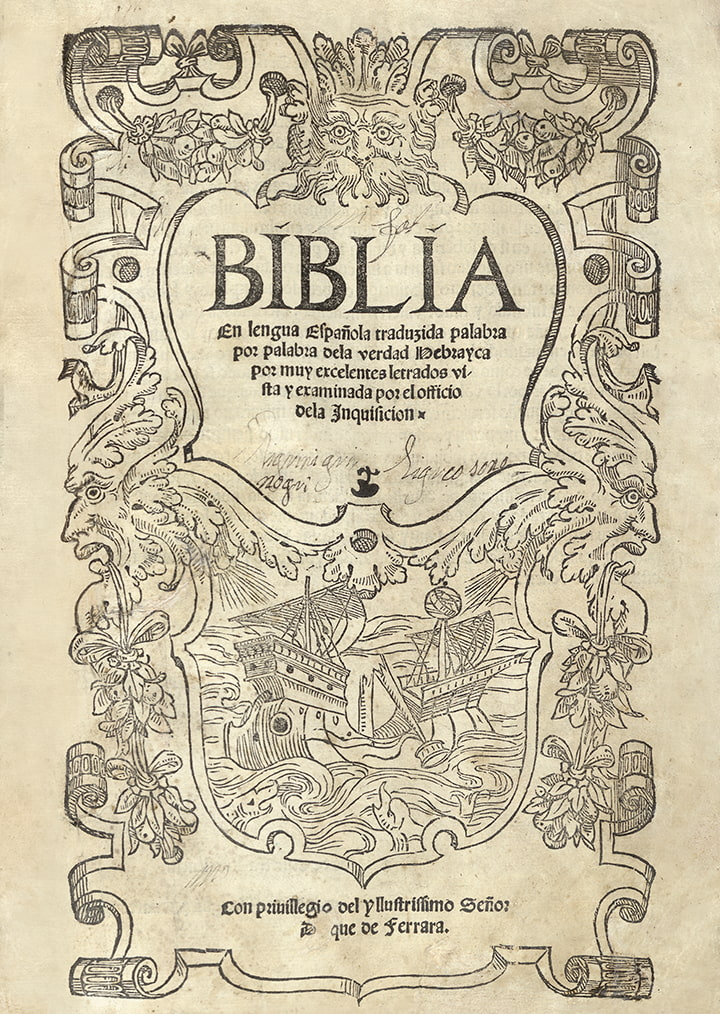
The first thing to know (and which sometimes puzzles the initiate) is that the list of books contained in the “Bible” is not the same for Judaism as for Christians and there are also differences between Catholics and Protestants.
The Tana”j is the set of the twenty-four canonical holy books in Judaism; what is known as the Hebrew Bible. The acronym Tana”j (hb. תנ״ך) are the three Hebrew initial letters of each of its three component parts: Torah (‘Law’), Nebiím (‘Prophets’) and Ketubim (‘Writings’). The Torah contains: Genesis, Exodus, Leviticus, Numbers and Deuteronomy. The Nebiím: Joshua, Judges, I and II Samuel, I and II Kings, Isaiah, Jeremiah, Ezekiel and the 12 minor prophets: Hosea, Joel, Amos, Obadiah, Jonah, Micah, Nahum, Habakkuk, Zephaniah, Haggai, Zechariah and Malachi. And the Ketubim; Psalms, Proverbs, Job, Song of Solomon, Ruth, Lamentations, Ecclesiastes, Esther, Daniel, Ezra, Nehemiah and I and II Chronicles. Most of them were written in Hebrew, except for some chapters of Daniel, others from Ezra and one verse of Jeremiah, which are in Aramaic.
The Christian Bible is a set of sacred scriptures consisting of the Old and New Testaments. The biblical books were initially written in different languages (Hebrew, Aramaic and Greek). The list of books or biblical canon accepted by the Church and other Christian confessions as sacred text differs from one belief to another. The Catholic Church recognizes 73 books (46 Old Testament writings and 27 New Testament writings). The Protestant churches recognize 66 books (39 of the Old Testament and 27 of the New).
Translations of the texts have been very numerous throughout history. The first ones began in the same broad period in which their books were being written: the Masoretic text in Hebrew, the targumim in Aramaic and the Greek translation (known as the Bible of the Seventy, III-IV centuries B.C.); followed by the translations into Greek (known as the Bible of the Seventy, III-IV centuries B.C.). C.); followed by the Latin translations Vetus Latina (2nd century) and the Vulgate (4th century), the Complutensian Polyglot Bible (1514-1522), Textus Receptus (1516-1522; 1565-1604), Biblia regia or Antwerp Polyglot (1568-1572), etc.
Bibliotheca Sefarad has a considerable number of editions of bibles that were published complete in different Western languages (Ferrara, Alba, etc.) or partially by books up to the contemporary age. There are Jewish, Christian Catholic and Protestant editions. As support to the study, it has also linguistic studies and other areas of knowledge related to the Bible; grammars, dictionaries and biblical commentaries; and even small novels based on biblical characters. Most of this material is digitized. A whole range for the reader to enter the wonderful world of the Bible.


